Ca Mau Living on the U Minh Ha National Forest, many local people have a profession of keeping beehives and developing it into a type of eco-tourism, attracting visitors to experience.
U Minh Ha National Forest covers an area of over 8,000 hectares, with a diverse ecosystem, rich flora and fauna, especially bees that live there all year round. Local people have a traditional occupation of building beehives to exploit wild honey.
Muoi Ngot community eco-tourism area, 60 hectares wide in Khanh Binh Tay Bac commune, Tran Van Thoi district, located in the buffer zone of U Minh Ha national forest, has been operating since 2015. The large cajuput tree area, far from residential areas, and quiet, so this tourist area attracts bees to make nests.
Mr. Pham Duy Khanh, owner of Muoi Ngọt tourist area, shared that his family has been working in the beekeeping and honey exploitation business for nearly 20 years. Building a beekeeping business is like building a house for bees. The worker will build a beekeeping business, welcoming wild bees to build nests. It only takes about half a month to get results. The beehives here are usually 1-2 meters in size, each beehive can attract 2-3 broods of bees to build nests. Mr. Khanh's facility once exploited a beehive that was more than 2 meters long, which was recognized by the Vietnam Record Organization as the largest beehive in Vietnam in 2021.
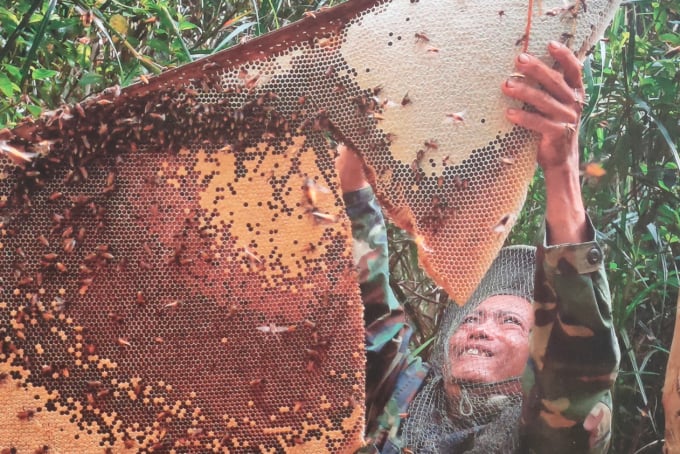
Honey harvesters at Muoi Ngọt Eco-tourism Area. Photo: Khanh Duy
When developing a community tourism model, Mr. Pham Duy Khanh introduced his beekeeping profession into an experience for tourists. They can participate in beekeeping, honey collection, fish trapping, and exploring nature. Mr. Khanh's cajuput forest currently has 1,000 beekeeping hives, of which about 200 have bees living there.
Visiting the eco-tourism area, tourists will be immersed in the unspoiled nature and experience honey collection. Each group of tourists will sit on a boat, weaving through the canals under the canopy of the primeval cajuput forest and through the reed fields. On the way, tourists will encounter flocks of lapwings, chao pan birds, and pulley birds flying around, and watch the pulley bird nests suspended on the cajuput trees .
At the honey collection site, each person is covered with a net to protect their face and holds a piece of steel wool to smoke away the bees. The bravest person will enter the beehive to collect honey with the watchman, the rest will sit still on the boat. Those who approach the beehive will witness firsthand how wild honey is extracted, and the young bees and fragrant honey are brought out of the hive.
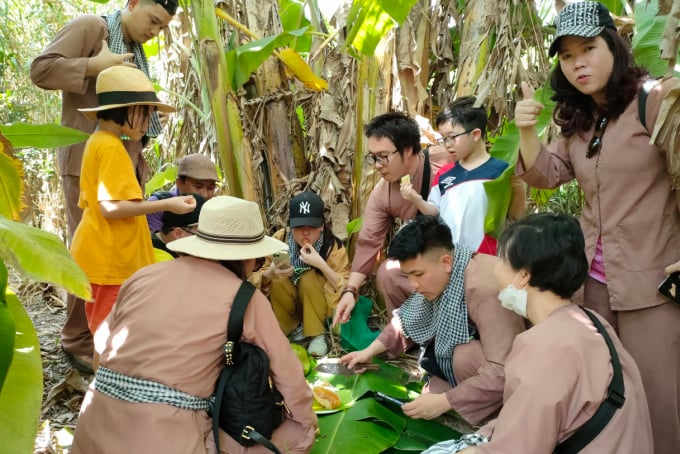
Tourists eat young bees and honey after harvesting. Photo: Khanh Duy
After collecting honey, visitors can enjoy the honey and young bees still in their cocoons right there. The sweet taste of wild honey mixed with the rich taste of young bees creates an unforgettable feeling.
Ms. Huong Linh, a tourist from Hanoi, witnessed the honey extraction process for the first time, when hundreds of bees swarmed around her, she was both scared and excited, then happy when she received the result of delicious bee cocoons.
After collecting honey, visitors can enjoy a country meal with freshly caught fish, banana flowers, water lilies and vegetables grown in the cajuput forest. Mr. Pham Duy Khanh said that the plants here do not contain chemicals because the bees are very sensitive and will leave when they detect an unclean living environment.
With its value, the beekeeping profession of the people in the U Minh Ha cajuput forest area, Ca Mau province has been recognized by the Ministry of Culture, Sports and Tourism as a national intangible cultural heritage. The local government continues to encourage people to practice the beekeeping profession to preserve the unique cultural features of the Ca Mau cajuput forest.
The profession has become a tourism product of some eco-tourism areas in Ca Mau, included in the tour program to serve tourists to experience when visiting U Minh Ha National Forest, helping tourists better understand the lives of local people.
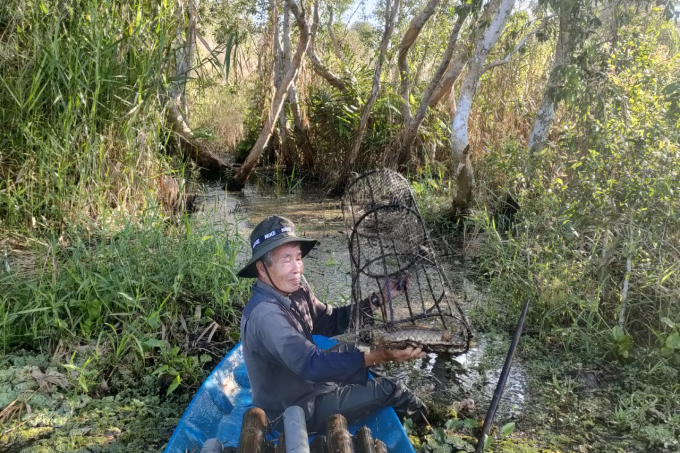
Tourists trap fish in the cajuput forest. Photo: Khanh Duy
In addition to the experience of collecting honey in U Minh Ha forest, when coming to Ca Mau, visitors can also participate in eco-tourism activities such as clam digging, catching Ba Khia (a type of crab), harvesting shrimp and fish, and trapping mudskippers.
Ca Mau province is the southernmost land of the country, nearly 300 km from Ho Chi Minh City. From Ho Chi Minh City, there are many sleeper buses to Ca Mau every day or by plane. From Hanoi, visitors can also fly directly to Ca Mau.
Source link



![[Photo] Magical moment of double five-colored clouds on Ba Den mountain on the day of the Buddha's relic procession](https://vphoto.vietnam.vn/thumb/1200x675/vietnam/resource/IMAGE/2025/5/9/7a710556965c413397f9e38ac9708d2f)

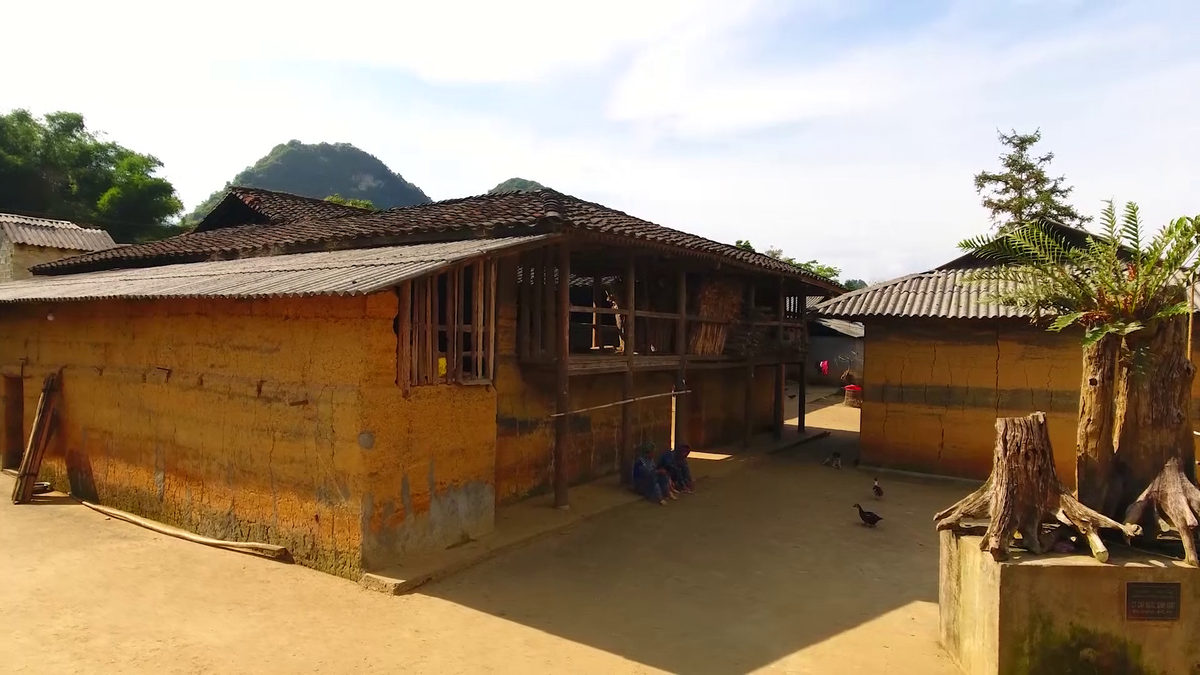

![[Photo] Prime Minister Pham Minh Chinh chairs a special Government meeting on the arrangement of administrative units at all levels.](https://vphoto.vietnam.vn/thumb/1200x675/vietnam/resource/IMAGE/2025/5/9/6a22e6a997424870abfb39817bb9bb6c)






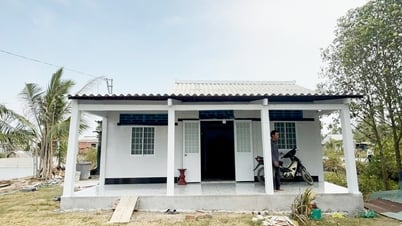



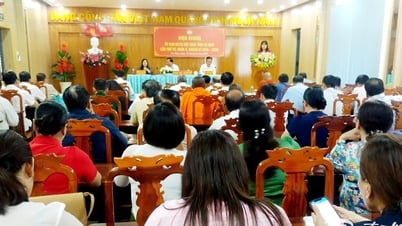


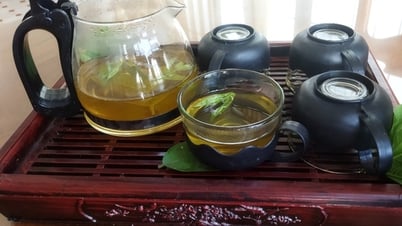
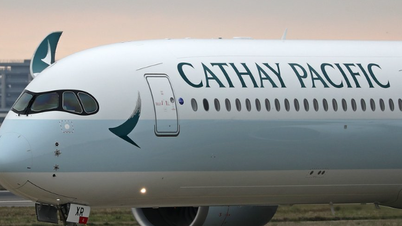












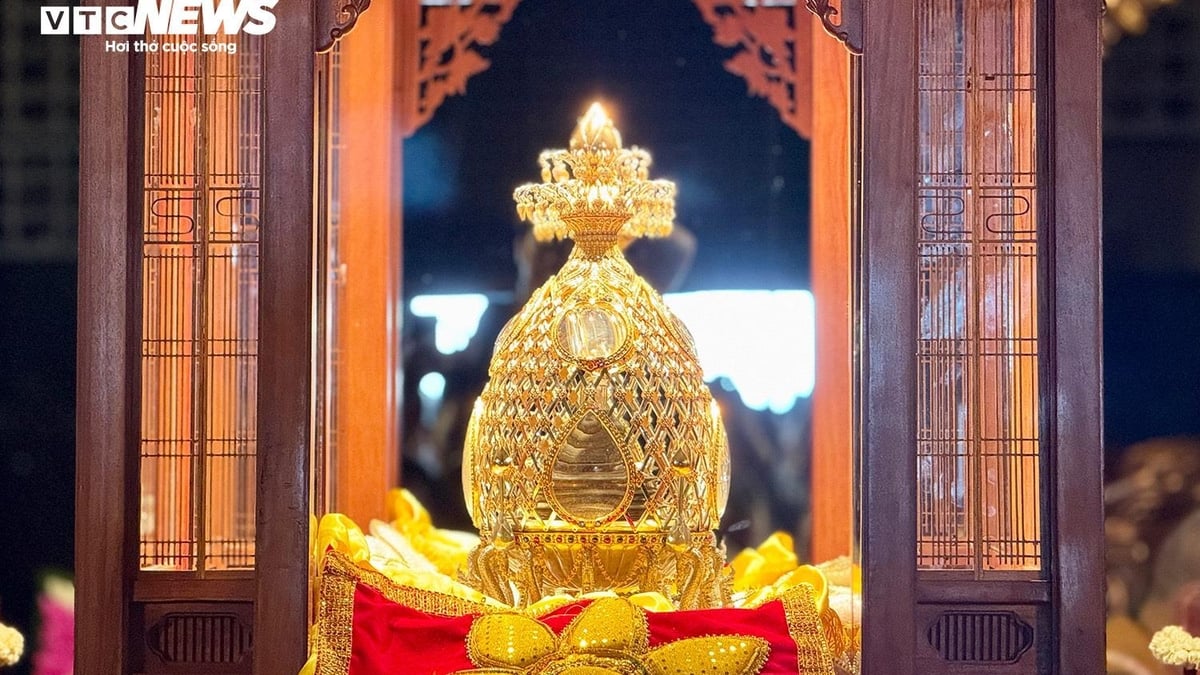
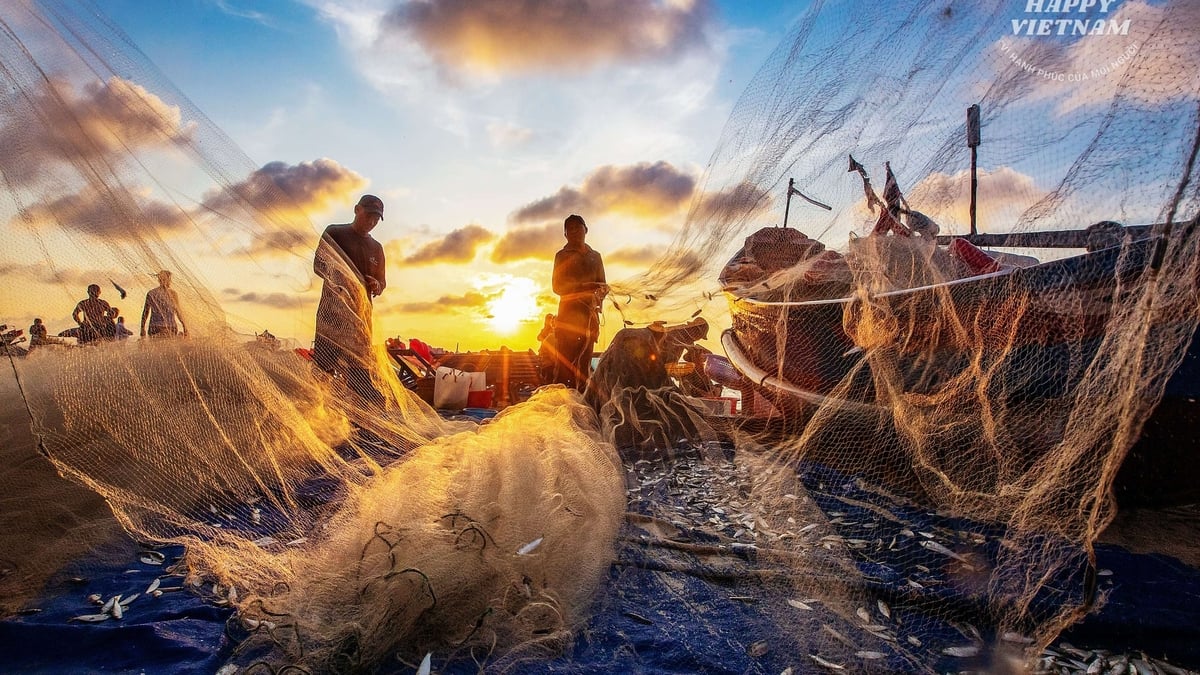

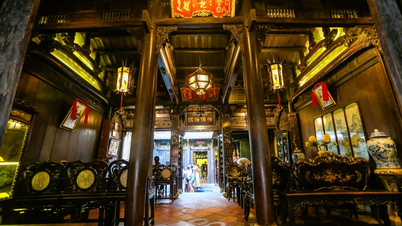
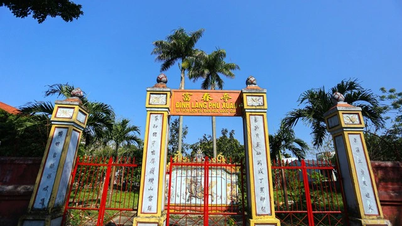

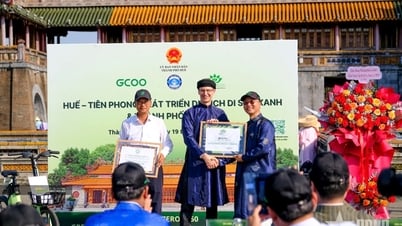

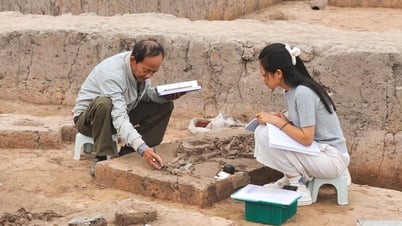








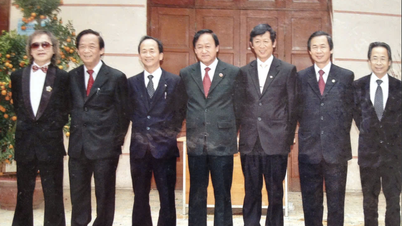


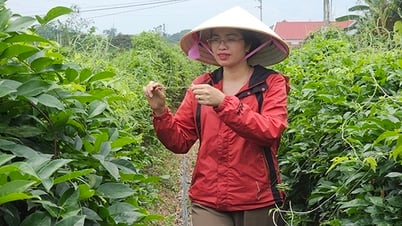

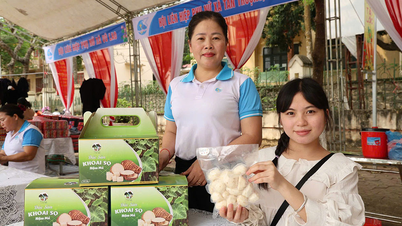









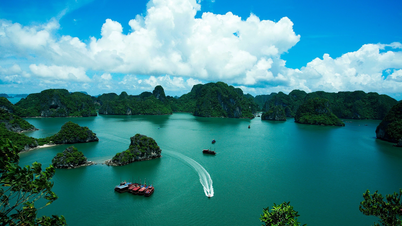




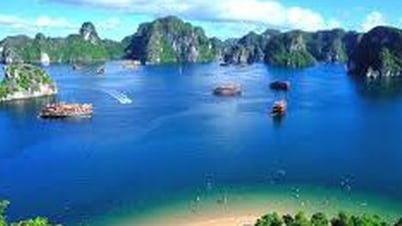

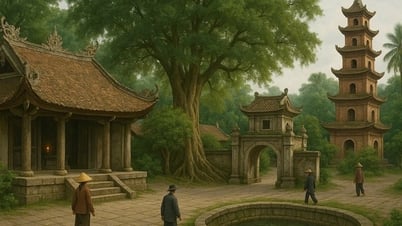



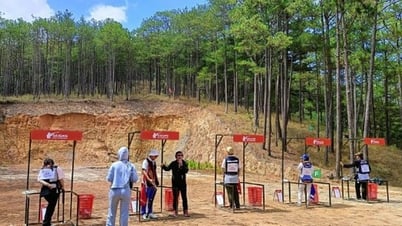
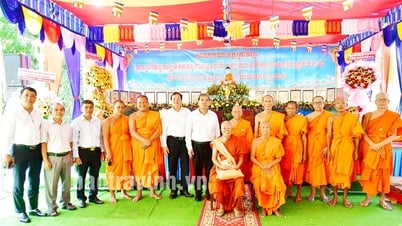






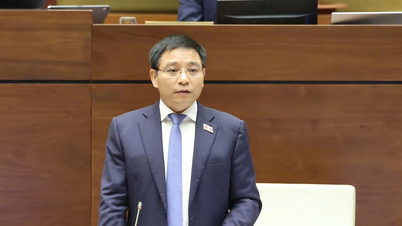

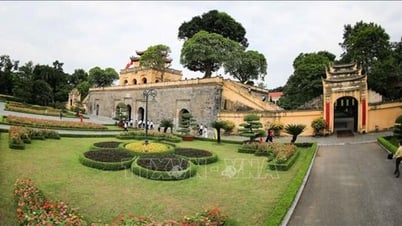











Comment (0)